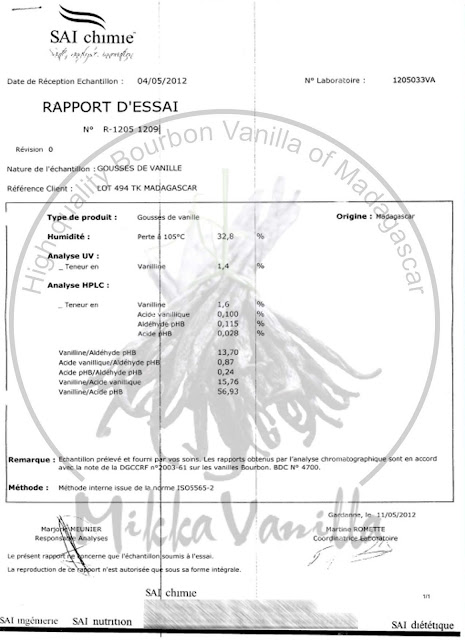Vanilla is a flavoring derived from orchids of the genus Vanilla native to Mexico. Etymologically, vanilla derives from the Spanishword "vainilla", little pod.
Originally cultivated by Pre-Columbian Mesoamerican peoples, Spanish conquistador Hernán Cortésis credited with introducing both vanilla and chocolate to Europe in the 1520s. Attempts to cultivate the vanilla plant outside Mexico and Central America proved futile because of the symbiotic relationship between the tlilxochitl vine that produced the vanilla orchid and the local species of Melipona bee; it was not until 1837 that Belgian botanist Charles François Antoine Morrendiscovered this fact and pioneered a method of artificially pollinating the plant. The method proved financially unworkable and was not deployed commercially.
In 1841, a 12-year-old French-owned slave by the name of Edmond Albius, who lived on Île Bourbon, discovered the plant could be hand pollinated, allowing global cultivation of the plant.There are currently three major cultivars of vanilla grown globally, all derived from a species originally found in Mesoamerica, including parts of modern day Mexico.
The various subspecies are Vanilla planifolia (syn. V. fragrans), grown on Madagascar,Réunion and other tropical areas along the Indian Ocean; V. tahitensis, grown in the South Pacific; and V. pompona, found in theWest Indies, Central and South America. The majority of the world's vanilla is the V. planifolia variety, more commonly known as "Madagascar-Bourbon" vanilla, which is produced in a small region of Madagascar and in Indonesia.
Vanilla is the second most expensive spice after saffron,[citation needed] due to the extensive labor required to grow the vanilla seed pods. Despite the expense, it is highly valued for its flavor, which author Frederic Rosengarten, Jr. described in The Book of Spices as "pure, spicy, and delicate" and its complex floral aroma depicted as a "peculiar bouquet." Despite its high cost, vanilla is widely used in both commercial and domestic baking, perfume manufacture and aromatherapy.
Source : Wikipedia
Source : Wikipedia













